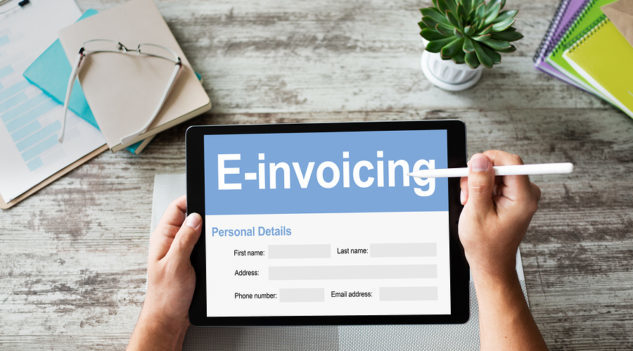Small businesses are the backbone of the Australian economy; however, the impact of COVID-19 has impacted many to the point of permanent closure. The Australian Securities and Investment Commission (ASIC) reported that most businesses that have gone into liquidation in recent months due to financial stress are small businesses. For those able to emerge on the other side, reducing costs and improving cashflow will be the key to business survival.
Australian businesses face a potentially long recovery period as states and communities are forced back into a second wave of lockdowns. Controlling cashflow, re-organising the business supply chain, and incorporating digital tools and initiatives into the business are all positive ways to position the business for recovery. For small businesses, there are three important phases, according to Deloitte. These include: dealing with current circumstances to ensure business continuity; finding new ways and tools that can strengthen the business as it recovers; and preparing for the future and the “new normal”.
Although businesses may be reluctant to spend money on new processes, particularly given the current circumstances, digitalising parts of the business can offer significant and immediate benefits.
Electronic invoices (e-invoices) help businesses to better manage payment processes and cashflow, and even enhance the communication between the business and its suppliers. E-invoicing automates the exchange of invoices between businesses, with invoices sent and received straight from the supplier’s accounting software to the customer’s software. This means invoices no longer need to be converted to PDFs, sent via emails, or even entered manually into accounting systems.
The three major drawcards for SMEs to implement e-invoicing are:
- Cost savings
According to the ATO, it costs businesses $30.87 to process just one paper invoice, while an e-invoice costs only $9.18 to process. E-invoicing can save money on paper, office printing, and employee time throughout the invoicing process, making it a cost-effective solution for businesses across all industries. E-invoicing can also save businesses from incurring financial penalties from late-payment fees and mistakes. - Faster payments
The average e-invoice processing time is five days, compared with 23 days for a regular invoice. The Federal Government has also promised to pay e-invoices in five days for businesses with contracts under $1 million. Because e-invoicing uses automated technology to enter data, invoices can be generated faster, and payments can be made in advance of due dates, letting businesses leverage early-payment discounts. It is still recommended to have an internal quality assurance process to confirm all invoices are correct before payment is made. E-invoicing streamlines these administration processes, saving employee time and business costs. - Visibility and control of cashflow
Faster payments contribute to cashflow visibility, which lets businesses better prepare and plan for the future while having more control overspending. Business can use e-invoices for two- or three-way matching purchase orders (POs), invoices, and even shipping notifications to ensure that all data is accurate before sending or paying any invoices. Any inconsistencies or errors can then be addressed before the invoice proceeds.
As businesses focus on recovering from the COVID-19 disruption, it’s an ideal time to review current processes and determine ways to improve efficiency while saving the businesses money. Businesses that can manage cashflow successfully, and even build stronger relationships with customers and suppliers due to accurate and on-time payments, will emerge strongly.
John Delaney, Managing Director, MessageXchange















